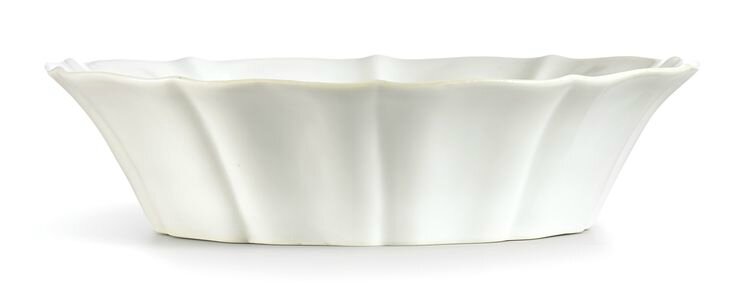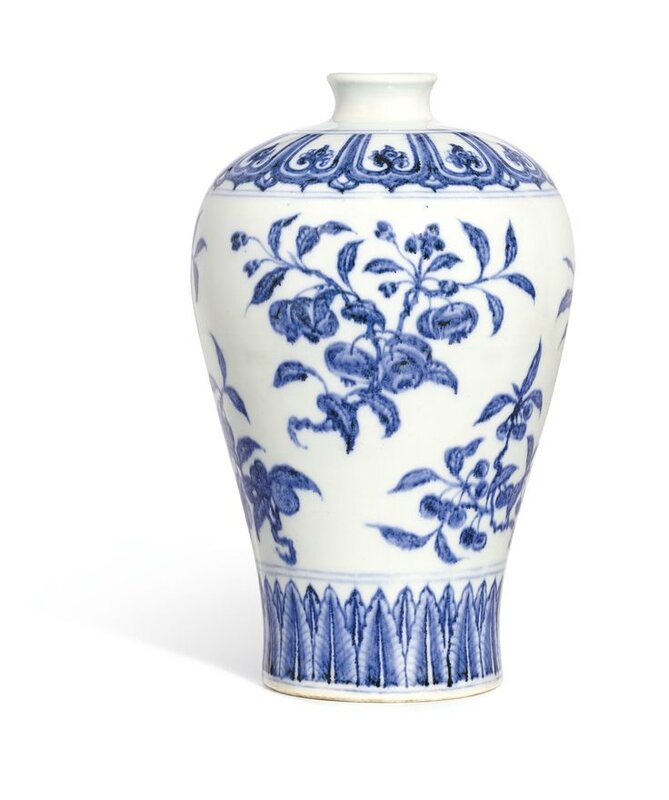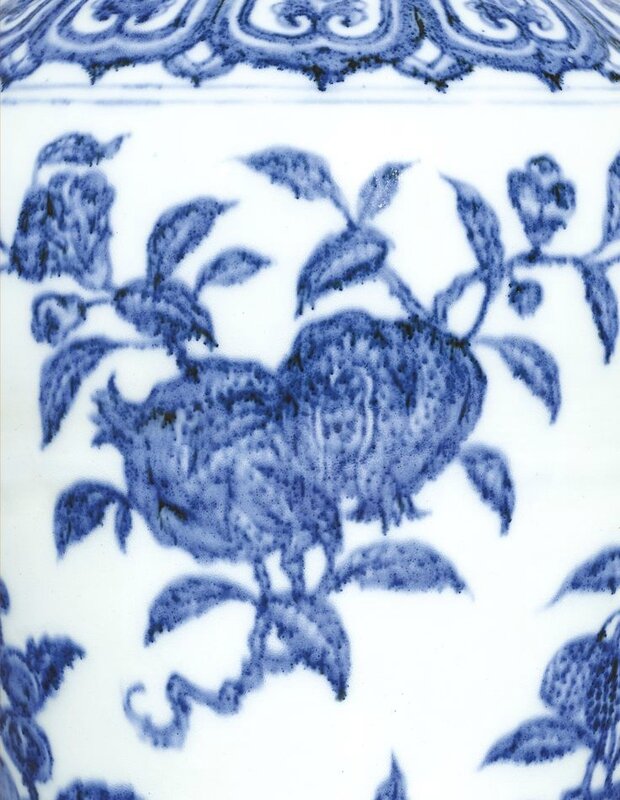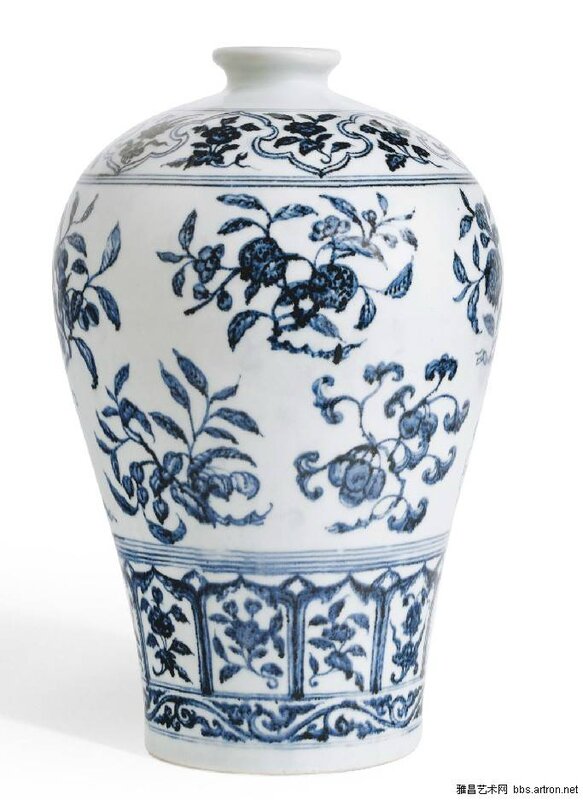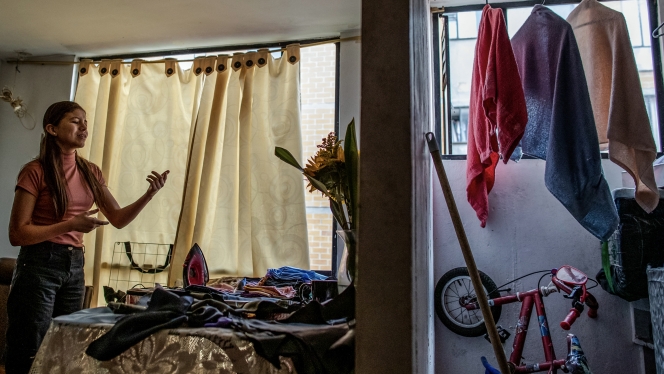HONG KONG.- Following the launch of the Chinese Classical Paintings department in Hong Kong earlier this year, Sotheby’sHong Kong debuts the first dedicated sale of classical Chinese paintings during the Hong Kong Autumn 2015 sale series, adding to its existing saleroom for the category in New York. The sale, to take place on 5 October at the Hall 3 of the Hong Kong Convention and Exhibition Centre, offers more than 50 lots, estimated in excess of HK$64 million/ US$8.2 million. It will feature rare works from the masters of the Song Yuan through Qing dynasties. Highlights include a Song Yuan dynasty album leaf and calligraphy from the Qianlong Emperor; works from the ‘Four Wangs’ and ‘Four Monks’ from the Qing Dynasty, many of which have distinguished provenance from prominent literati figures.
Rongde Zhang, Head of Classical Chinese Paintings, Sotheby’s, said, “To mark the first dedicated sale of Classical Chinese Paintings in Asia for more than a decade, we have meticulously selected important works in line with the collecting tastes of our Asian clients, for whom Hong Kong is an important hub. Formerly from the esteemed collection of Mi Yun Hall, we will offer a four-leaf album, Landscapes, and The Rubbing of Cui Jing Yong’s Epitaph, as well as Summit Lotus from an important private collection – all rarities on the auction market. We will also present eight works from the esteemed Sakamoto Goro Collection, including the Huang Yanlu Travelling Across Mountains handscroll by Shitao. Including some of the finest and rarest works from private collections around the world, this series is arguably one of the most anticipated sales of the season.”
Property from an Important Private Collection
One of the Qing Dynasty’s ‘Four Monks’, Hongren was among the most outstanding artists of the 17th century. When he died at age 55, he left behind only a small number of works, including very few handscrolls. Among them was Summit Lotus, an exceptionally rare piece painted by the artist to commemorate a trip to Huangshan (Yellow Mountain) he took with a friend.
Hongren (1610-1664), Summit Lotus, signed Hongren, inscribed, with one seal of the artist. With three collectors' seals of Wang Guan (1847-1909). Colophon by Ma Jiatong (1865-1937), dated gengshen (1920) and with two seals of his; ink on paper, handscroll, 26.3 by 195 cm. 10 3/4 by 76 3/4 in. Estimate Upon Request. Photo Sotheby's
Provenance: Christie's Hong Kong, Fine Chinese Classical Paintings and Calligraphy, October 31, 2004, lot 407
Exhibited: Age of Glories: An Exhibition of Important Chinese Arts from Collections on Both Sides of the Taiwan Strait, Beijing: The Capital Museum, November 10-29, 2009
Literature: Age of Glories: An Exhibition of Important Chinese Arts from Collections on Both Sides of the Taiwan Strait, Beijing: Yanshan Press, 2009, pp. 174-177, pl. 58 and p. 290, no. 58
Property from Sakamoto Goro Collection
One of the most influential painters of his time, renowned 16th century scholar-artist Shitao had a profound effect on the artistic development of countless Chinese artists who followed in his footsteps. As one the sale highlights, this landscape scroll portrays Shitao’s friend and patron, Huang Yanlu. Particularly noteworthy is the painting’s colophon by more than 30 literati from the late Ming Dynasty, all of whom are friends of Huang Yanlu, illustrating how expansive and close knit his literati circle is. Boasting impeccable provenance, this work comes from the collection of legendary antiques dealer and collector, Sakamoto Goro.
Shitao (Yuanji) 1642-1718, Huang Yanlu travelling across mountains. Colophons by Guo Yuanyu, Chen Pengnian, Wang Shidan, Yin Yuqing, Shitao, Yang Shiji, Bada Shanren, Wang Shizhen, Wang Congdu (twice), Gao Buqian, Liu Shishu, Jiang Jishi, Cheng Mengxing, Tang Sunhua, Kong Shangren, Wang Sui, Ceng Long, Chen Aping, Li Hua, Wang Lingshu, Yan Gengwei, Huang Zhe, Yan Zhe, Liang Peilan, Min Linsi, Wang Xiru, Peng Huiqi, Xu Tianzhi, Lu Tianyu, Qian Zhiqing, Han Zhang, Wu Zhantai, Jiang Shijie, Li Guosong, Qiao Yin, Xian Zhu, Feng Rui, Feng Li, Song Changtong, Zhou Yi, Tian Lin, Zhang Zhixu, Yu Zhen, Shi Yizhi, Shi Jinyi, with one to four seals of each artist; ink and color on paper, a pair of handscroll; 32.4 by 170 cm. 12 3/4 by 67 in. Estimate 8,000,000 — 12,000,000 HKD. Photo Sotheby's.
Literature: 1. Jonathan Hay, SHITAO: Painting and Modernity in Early Qing China, MA: Cambridge University Press, 2001, p. 64-67
2. Please refer to Chinese literature
Qing Dynasty Paintings from the ‘Four Wangs’
Two early Qing dynasty landscape paintings, by Wang Shimin and Wang Jian, will be featured in this landmark sale. Both disciples of Dong Qichang – revered as the most influential artist of his time – Wang Shimin and Wang Jian were also members of a group of painters commonly known as the ‘Four Wangs’ who all shared the same family name. Together with Wang Hui (1632–1717) and Wang Yuanqi (1642–1715), they led an Orthodox school of painting in the early Qing period which advocated seeking inspiration by recreating the styles and techniques of the ancient masters.
Wang Shimin’s Landscape after Dong Yuan is a powerful example of the artist’s early style, showcasing his artistic talents and mastery of the traditional painting approach. He dedicated it to Dong Qichang, his teacher and father-in-law, who later composed a poetry hall found in calligraphy at the top of the scroll, lending a special, personal importance to the work.
Wang Shimin (1592-1680), Landscape after Dong Yuan, signed Wang Shimin, dated dingmao (1627), with two seals of the artist. Colophon by Chen Jiru (1558-1639), with two seals; Poetry hall by Dong Qichang (1555-1636),dated wuchen (1628), with two seals. With five other collectors' seals; ink on paper, hanging scroll, 60.3 by 30.5 cm. 23 3/4 by 12 in. Estimate 200,000 — 280,000 HKD. Photo Sotheby's.
A sophisticated painting by Wang Jian, Landscape after Dong Qichang was painted in 1676, a year before the artist’s death. The work demonstrates Wang’s elegant brushstrokes and sense of composition deeply influenced by his teacher, Dong Qichang. Possessing a well-documented history that can be traced back to the Qianlong period (Qing dynasty), the work was kept in various esteemed private collections.
Wang Jian (1598-1677), Landscape after Dong Qichang, 1676, signed Wang Jian, dated bingchen (1676), with four seals of the artist and five collector's seals. Titleslip by Chengqi (1911-1988), with one seal; ink and color on paper, hanging scroll, 131.5 by 60 cm. 51 3/4 by 23 1/2 in. Estimate 2,000,000 — 2,800,000 HKD. Photo Sotheby's.
Important Property and Rubbings from Mi Yun Hall Rounding out this milestone sale, Sotheby’s is proud to present two exceptional works formerly from the distinguished collection of Mi Yun Hall. Landscapes is a four-leaf album that has passed through the hands of numerous prominent collectors including Qing dynasty painter Wu Yun and Liu E, a renowned novelist from the late Qing dynasty. The album showcases the typical painting style of the Song and Yuan dynasty periods, as well as the fine, delicate brushstrokes characteristic of the era’s celebrated master painters.
Xia Gui, Anonymous (13th Century), Landscapes, ink on silk, album of four leaves. One leaf signed Xia Gui. Titleslip by Wu Yun. Annotation by Wu Yun (forth times), Lui E, dated gengzi (1900), Di Pingzi (five times), dated dingmao (1927) and totally with one to twelve seals of the artist. With one collector's seal of Huang Lin (15th/16th Century); ink and color on silk, album of four leaves - (2) 18.6 by 11 cm. 7 1/3 by 4 1/3 in., (3) 21.2 by 10.1 cm. 8 1/3 by 4 in., (4) 16 by 12.8 cm. 6 1/4 by 5 in., (5) 16 by 12.8 cm. 6 1/4 by 5 in. Estimate 6,000,000 – 8,000,000 HKD (77,000 – 102,000 USD). Photo: Sotheby's.
Xia Gui, Anonymous (13th Century) Landscapes. Ink on silk, album of four leaves. Estimate 6,000,000 – 8,000,000 HKD (77,000 – 102,000 USD). Photo: Sotheby's.
Another highlight from the Mi Yun Hall collection is The Rubbing of Cui Jing Yong’s Epitaph, created in the 17th or 18th century. Among only five known rubbing copies of this epitaph, the present work is one of two kept in private hands, making it exceedingly rare at auction.
Anonymous, 17th-18th Century, The Rubbing of Cui Jing Yong’s Epitaph. Titleslip by Wu Changshuo (twice), Chu Deyi and Li Ruiqing, with one seal of each artist. Painting by Wu Cheng, Lin Shu, Wang Luonian, Chen Botao, with one to three seals of the artist. Colophon by Chen Yixi (1648-1709), dated gengchen (1700); Liu E (1857-1909), dated bingwe (1906); Luo Zhenyu (1866-1940), dated bingwe (1906); Fang Ruo (1869-1954), dated bingwe (1906); Wang Guan (1847-?) (twice), dated bingwe (1906) and the first year of Xuantong reign (1909); Wang Ti, dated wuyin (1938); Shen Yinmo (1883-1971), dated the thirty-sixth year of the Republic (1947), with one to four seals of each artist. With twenty-seven other collectors' seals in total; ink on paper, album of eighteen leaves. Various sizes. Estimate 1,500,000 — 2,000,000 HKD. Photo Sotheby's.
























